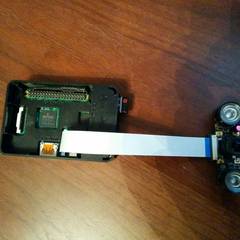I like to imagine components of a Python web framework as personalities. Here's how I would imagine a conversation between a typical view and template would go down:
View Here's that data I just looked up.
Template Don't like it.
View What's wrong with it?
Template Format's wrong.
View You can change the format if you like.
Template Don't wanna. You change it.
View OK. Fine. I'll change it for you.
Which is why I wanted Moya templates to be very capable in processing data, but still keep them designer friendly. If the template data is sane then the template should be able to deal with it, without going back to the back-end developer. continue reading…


